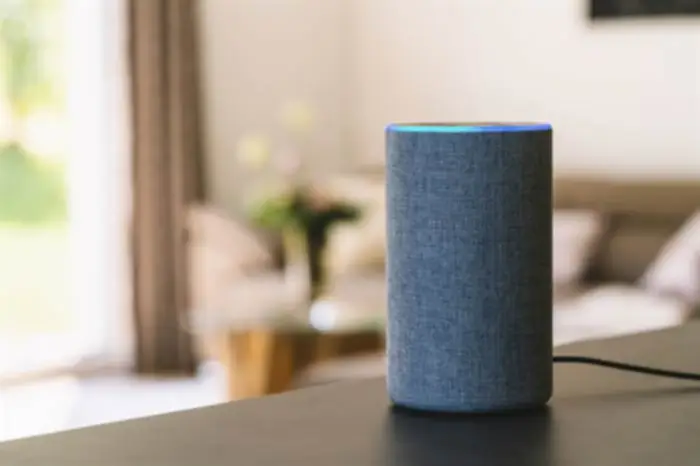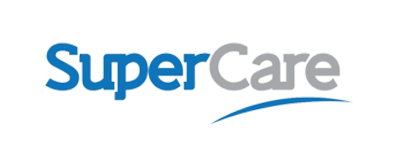So, it’s not straightforward to control valuable information in comparison with cloud computing with centralized data processing. In terms of fog computing vs cloud computing, there are a selection of important variations Digital Trust to contemplate. The major distinction between these two approaches lies of their respective locational consciousness.
You can change your settings at any time, including withdrawing your consent, by using the toggles on the Cookie Coverage, or by clicking on the manage consent button on the bottom of the display. By completing and submitting this form, you perceive and agree to YourTechDiet processing your acquired contact info as described in our privacy coverage. Scale Computing and G2 collaborate in this infographic to elucidate why organizations seek server virtualization options, and compares Scale Computing Platform and VSphere side-by-side.
Edge Computing
Besides, businesses require a bodily house and a technical skilled to ensure adequate power and working and management of the techniques. In this submit, we are going to perceive the concepts of edge, fog, and cloud computing and their key differences. Fog computing, then again, works better as part of a distributed system the place gadgets are situated closer to users and require some form of physical connection to find a way to entry information or ship instructions. Additionally, given its decentralized nature, fog computing is best suited to supporting highly dynamic environments or those with low bandwidth connectivity requirements. This allows gadgets to communicate more simply cloud and fog computing and rapidly with each other, giving them larger agility in responding to changing situations.
To cope with this, people utilize services similar to fog computing and cloud computing to manage and transmit information rapidly to the users’ finish. Fogging, also referred to as fog computing, is an extension of cloud computing that imitates an instant connection in data centers with its a number of edge nodes over the physical gadgets. The demand for info is increasing the general networking channels. And to take care of this, companies like fog computing and cloud computing are used to rapidly manage and disseminate information to the top of the users.
Whereas fog computing has some benefits over cloud computing, it isn’t likely to replace it completely. Fog computing is extra environment friendly because knowledge is processed nearer to the source, which reduces latency. It is also safer as a result of data does not need to travel as far and is, therefore, much less prone to be intercepted. When we discuss fog computing vs cloud computing, there are numerous important components to consider. On the one hand, cloud computing provides unparalleled security, with powerful encryption and information safety mechanisms to maintain your data safe from unauthorized entry or manipulation.
Fog Computing Architecture
Fog computing could appear similar to edge computing because each contain shifting processing closer to where data is collected. But in fog computing, data is transmitted from the point of assortment to a gateway for processing, then sent again to the sting for motion. Fog computing makes use of edge devices and gateways with a LAN for the processing.
Key Differences
Nevertheless, utilizing the cloud computing framework would require a safety system to safeguard your data towards potential cyber threats. For occasion, you might need to deploy cyber asset assault surface administration (CAASM) software to analyze and resolve potential vulnerabilities and entry factors in computing infrastructures. In quick, the process could be complicated to scale, particularly in the course of the enterprise enlargement section. Cloud computing addresses these challenges by offering computing resources as scalable, on-demand providers. Nonetheless, fog computing requires extra infrastructure, which may be costly to set up and preserve. Moreover, cloud computing is extra flexible as a end result of https://www.globalcloudteam.com/ it can be used at the facet of different forms of networks.
- We wished to assist define these three phrases and show how they’re being used to energy IIoT architectures.
- Whether Or Not it is streaming video or interacting in a virtual environment, different characteristics of fog computing supply a degree of velocity and agility that the cloud merely can’t match.
- Edge computing may require investments in edge units and probably upgrading current units to be able to processing knowledge locally.
- As a outcome, while we take a comparability of fog computing and cloud computing, we are ready to witness many advantages.
- General, fog computing and cloud computing similarities prevail from a high-level perspective, their individual strengths make them suitable for various functions within the realm of contemporary technology.
This also helps to lower your working costs as you could be paying only for the cloud services you utilize. Such nodes are physically a lot closer to devices if compared to centralized data facilities, which is why they are ready to present instant connections. The considerable processing energy of edge nodes permits them to perform the computation of a great amount of knowledge on their very own, without sending it to distant servers. Customers access these sources via the web, sometimes utilizing virtualized environments. It decentralizes knowledge processing by bringing computing sources nearer to the network edge. This distributed mannequin permits for quicker information evaluation, decreased bandwidth usage, and enhanced privacy.
In this utility, edge information facilities, like their larger cousins, will present the underlying platform to agnostically assist fog network operations be they from Cisco, EMC, VMware or Intel. The major difference between fog computing and cloud computing is that Cloud is a centralized system, whereas Fog is a distributed decentralized infrastructure. In this submit, we are going to compare these three types of information applied sciences side-by-side, learn in regards to the distinction between cloud, fog and edge computing, and examine the benefits of every strategy. The primary distinction among edge, fog, and cloud computing lies of their information processing locations, which fundamentally impacts their operational models and functions. Additionally, the localized processing in fog and edge computing may help reduce information publicity by reducing the necessity to transmit delicate info over long distances, further bolstering safety measures.
The cloud improves communication between gadgets and functions, shortly sending knowledge between data centers and native nodes. Fog and edge computing can be useful for offline communication and micro-operations carried out on the edge the place this information is produced (sensor/actuator), lowering working costs and rising pace. Edge is the closest you may get to finish units, hence the bottom latency and quick response to information.
Cloud computing options often involve data transmission to distant servers, which introduces latency because of the distance and network congestion. Whereas cloud systems present ample bandwidth, real-time applications that require quick response instances could suffer from noticeable delays. Despite this, cloud computing supplies scalability and adaptability that could be cost-effective for companies with fluctuating demands. Fog computing is used in Web of Things (IoT) purposes to process data where it’s generated somewhat than in a centralized knowledge center or cloud. By bringing processing and storage closer to the sting of the community, fog computing can improve performance and cut back latency for IoT applications.
So, edge and fog computing are best fitted to use cases where the IoT sensors could not have the best internet pace. Still, cloud computing remains well-liked because of its greater flexibility and will increase scalability, making it best for a broad range of use instances. General, selecting between these two systems depends largely in your specific needs and targets as a consumer or developer. In a nutshell, Cloud Computing replaces physical buildings with digital ones.
A security breach in IoT networks may mean compromising whole businesses and industries, affecting hundreds of thousands of related devices and people who use them. Cloud storages are harder to focus on due to their distant position and safety practices. In the lengthy run, units can use previously collected data to detect vulnerabilities before they even show. Cloud technology already brings multiple benefits to the Internet of Things, but progress doesn’t cease right here.





Leave a Comments